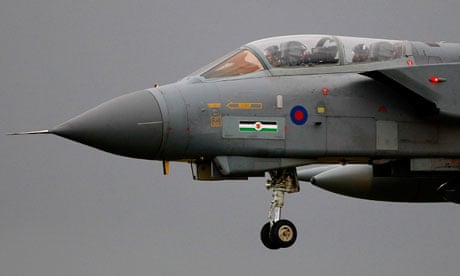Last month, three Italian researchers were awarded an Ig Nobel prize for demonstrating mathematically that organisations would become more efficient if they promoted people at random. But their research was neither the beginning nor the end of the story of how bureaucracies try – and fail – to find a good promotion method.
Alessandro Pluchino, Andrea Rapisarda and Cesare Garofalo, of the University of Catania, Sicily, calculated how a pick-at-random promotion scheme compares with other, more enshrined methods. They gave details in the journal Physica A: Statistical Mechanics and Its Applications.
The three based their work on the Peter Principle – the notion that many people are promoted, sooner or later, to positions that exceed their competence. They cite the works of other researchers who had taken tentative steps in the same direction, but they fail to mention an unintentionally daring 2001 study by Steven E Phelan and Zhiang Lin at the University of Texas at Dallas, published in the journal Computational and Mathematical Organization Theory.
Phelan and Lin aimed to see whether, over the long haul, it pays best to promote people on supposed merit (we try, one way or another, to measure how good you are), or on an "up or out" basis (either you get promoted quickly or you get the boot), or by seniority (live long and by that measure alone you will prosper). As a benchmark, a this-is-as-bad-as-it-could-possibly-get alternative, they also looked at what happens when you promote people at random. They got a surprise: random promotion, they admitted, performed better than almost every alternative. Phelan and Lin seemed (at least in my reading of their 25-page-long paper) almost shocked by what they found.
But where Pluchino, Rapisarda and Garofalo would later, independently, hone and raise this discovery for the world to admire, Phelan and Lin merely muttered, ever so quietly in the middle of a long paragraph, that "this needs to be further investigated in our future studies". They moved on to other things.
Human beings, many of them, are clever. Always there is potential to devise a new, perhaps better method of choosing which individuals to promote in an organisation. Phedon Nicolaides, of the European Institute of Public Administration in Maastricht, recently suggested in a newspaper in Cyprus what he sees as an improvement on random promotion: randomly choose the people who will make the promotion decisions.
A very different, non-random method was devised for use by the United States Air Force. Details appear in a 170-page paper prepared in 2008 by Michael Schiefer, Albert Robbert, John Crown, Thomas Manacapilli and Carolyn Wong of the Rand Corporation. But regardless of its merits, this scheme may be doomed to rejection purely because it has a curious name. The report is called The Weighted Airman Promotion System.

Comments (…)
Sign in or create your Guardian account to join the discussion